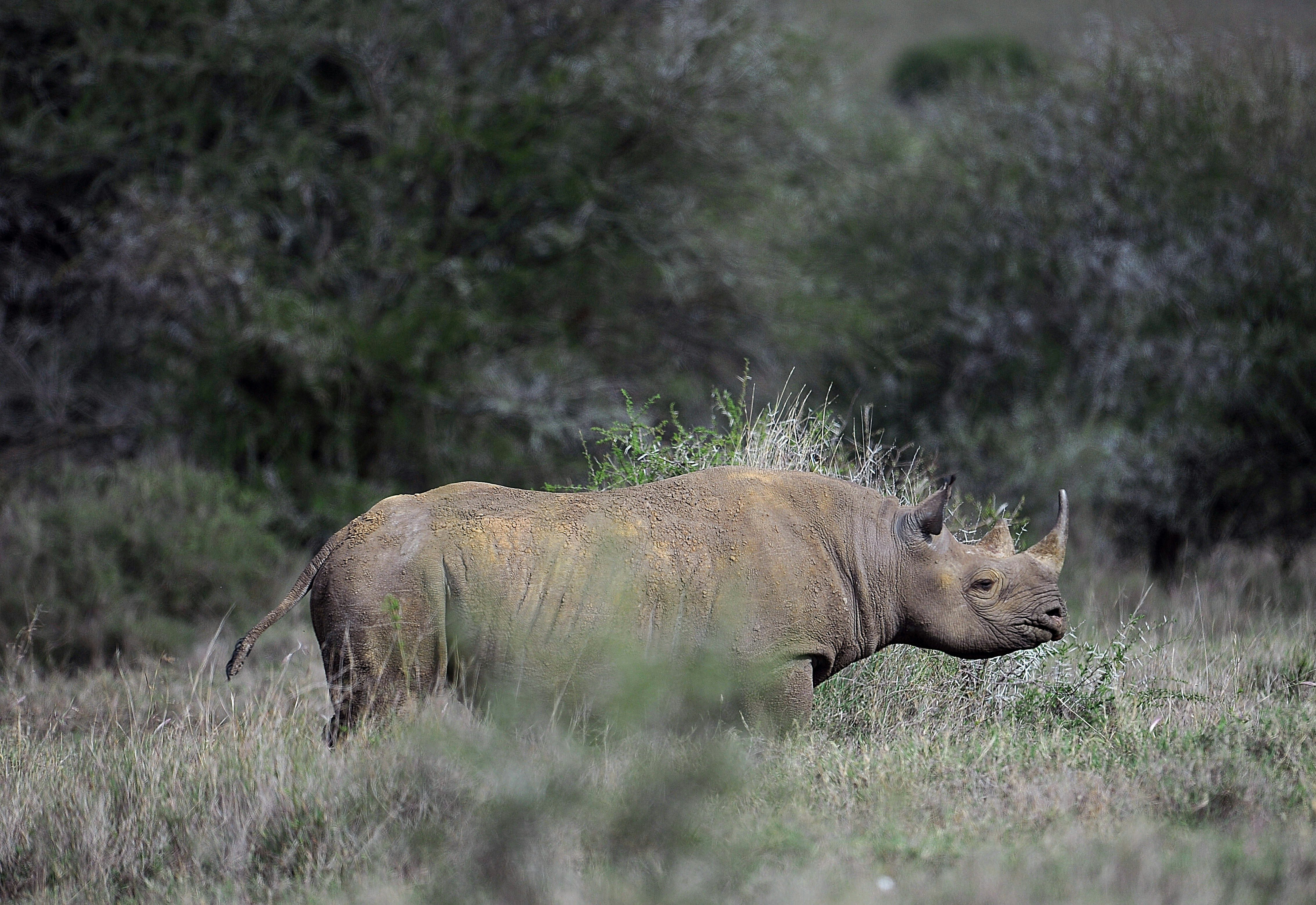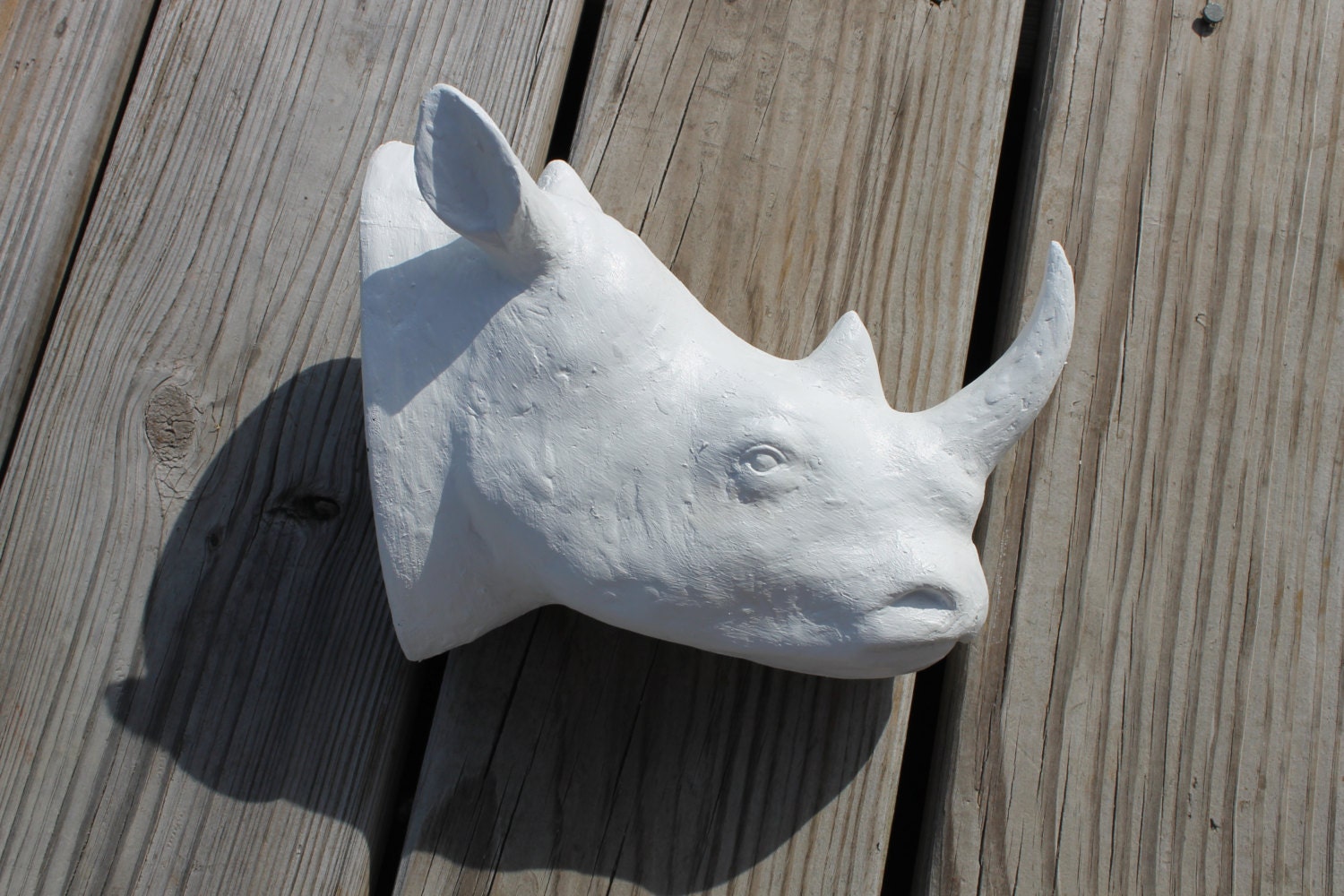

Without in-depth knowledge of these practices and communities, fake horn might be easily identified. The smuggling networks are increasingly sophisticated and use a variety of methods to smuggle rhino horn into national markets, including clandestine packaging (shown above). Inserting the fake product into the market in the first place could also be fraught with difficulties. Save The Rhino International in particular are concerned that fake rhino will simply increase the price for the real product, making it even more lucrative for poachers and smugglers.įurthermore, the deputy director of the organisation, John Taylor, suggests it would be extremely difficult to fool black marketeers in the long term, especially considering rhino horn is usually ground into a powder for transport and sale. But Not Everyone is Convinced…ĭespite the good intentions of the team, not everyone is enthusiastic about their approach. Despite government action in banning its sale, a black market still exists amongst traders, smugglers and poachers. Much of this increase is due to growing demand for rhino horn in Asian markets, especially in China where the traditional medicine market claims it has aphrodisiac properties.

Although this is a drop of twenty percent from the year before, this is still far too high to maintain a healthy population and far in excess of the 60 rhinos which were poached in 2006. He hopes the counterfeits will then be used to depress prices, reduce demand and aid in rhino conservation.Īccording to Save The Rhino International, 892 rhinos throughout Africa were poached in 2018 for their horns. “It appears from our investigation that it is rather easy as well as cheap to make a bio-inspired horn-like material that mimics the rhino’s extravagantly expensive tuft of nose hair.” Previous attempts have been made to produce fake rhino horns, however as Professor Fritz Vollrath, from the University of Oxford’s Department of Zoology explained to the BBC, their method does so affordably: Eventually, the final product is polished to mimic the natural polishing rhinos achieve through rubbing their horns on trees. The hairs were then packed tightly together and glued with a special adhesive before being cured in an oven. To get around this, the team used a lithium bromide substance to wash away the scales, rendering it more similar to rhino hairs and also aiding adhesion. However, they are not identical, as horsehair features a scaley outermost layer not present in rhino horns. Horse tail hairs are firstly around the same size as rhino horn hairs, while they also derive from a similar evolutionary background which helps them appear more convincing. Eventually, horse tail hairs were settled upon as the ideal material on which to produce the forgeries. When looking for a material to construct their fakes, the Oxford zoologists and Shanghai molecular scientists knew it would have to be biological in origin in order to have any chance of deceiving the rhino horn black market. The nature of their growth therefore creates issues in producing believable fakes. Unlike cow horns or hooves, rhino horns are actually tufts of tightly packed together hair, which is then glued together with secretions given off by the animal. The team, based out of Britain’s Oxford University and China’s Fudan University looked at a variety of substances with which to construct artificial, but convincing, rhino horns.

It is hoped the forgeries will “confuse the trade” and eventually drive down demand for rhino horn in markets such as China. A British and Chinese team of researchers have created fake rhino horns designed to disrupt the illegal poaching and sale of the real items.


 0 kommentar(er)
0 kommentar(er)
